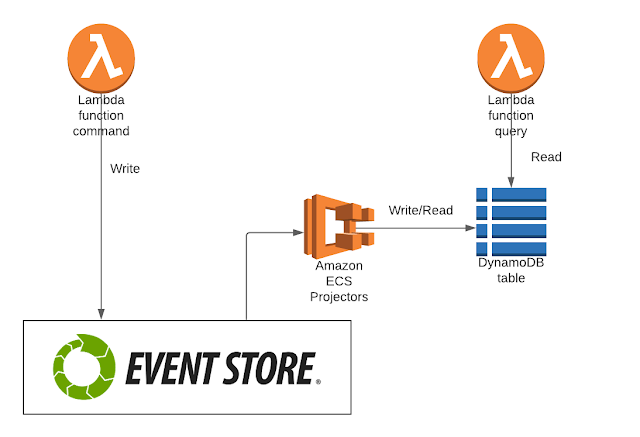AWS assuming role + MFA with pulumi (and other applications)

Introduction In AWS, managing your IAM in a centralized account is a good practice, so then you can assume a role to access to other accounts without need of duplicating users. You can find more info about this approach in this article . In addition, for security reasons, it is highly recommended to enable MFA (Multi-factor Authentication), so you need a device to generate a temporary code to get access. In the image below it is showed how assume role with MFA works, but you also have an article about MFA in this link . This approach is really useful and most of the configuration can be automated with pulumi (or other providers like terraform or CloudFormation). And once it is configured, you can switch your role and get access to other accounts with a few clicks. However, when it comes to external software such us pulumi, getting access assuming a role and using MFA might not be too straightforward. In this article we will see how this can be configured and how we can easily refr...

